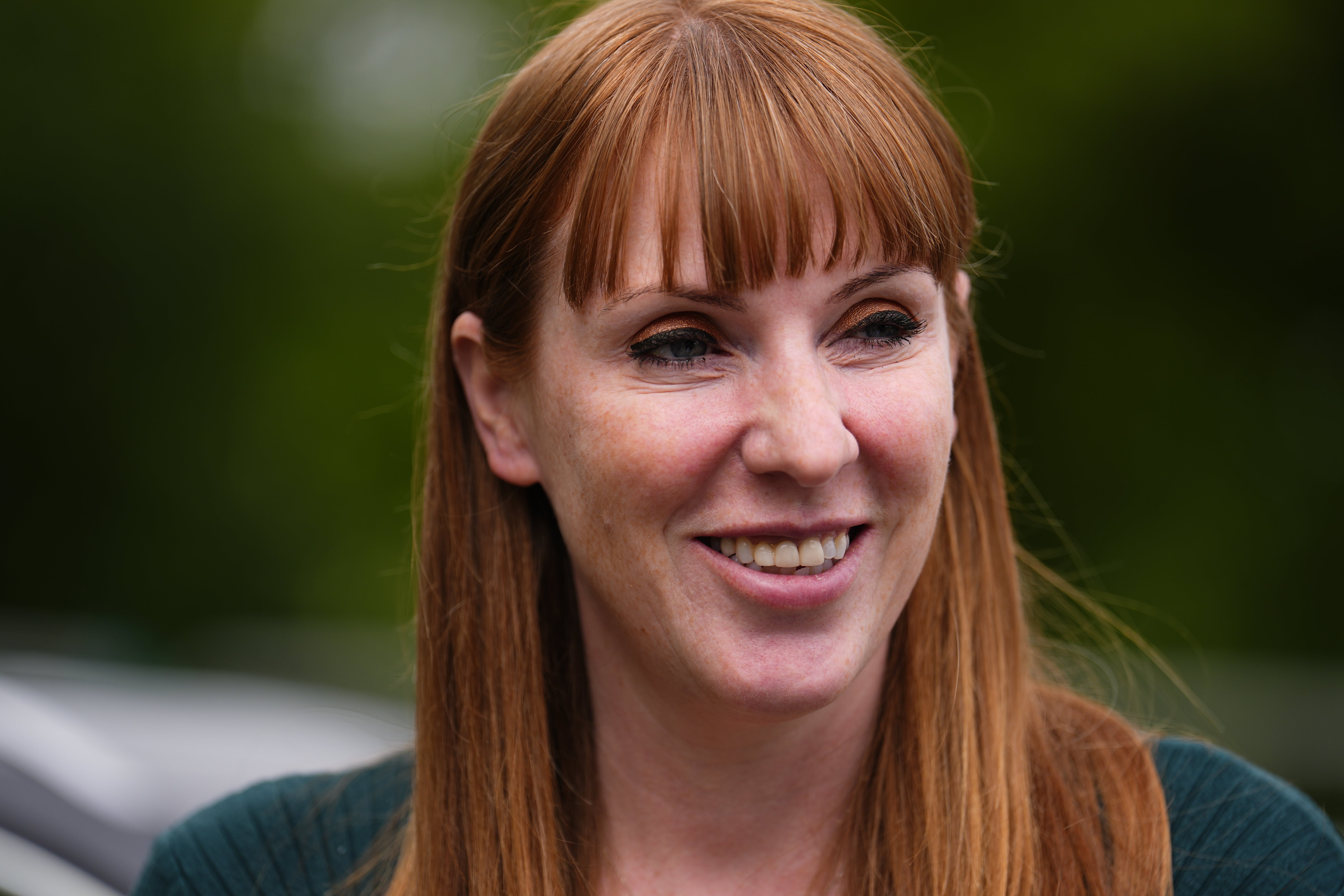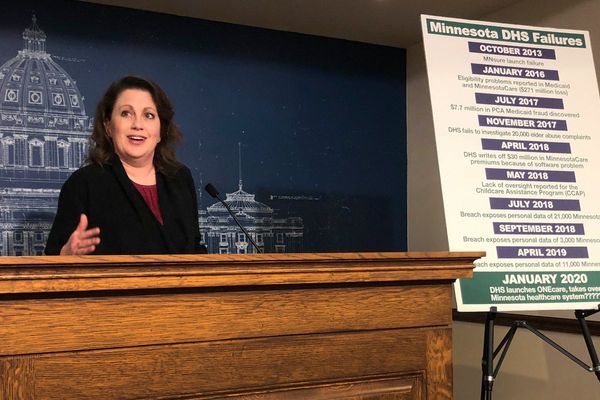The national living wage could rise to as much as £12.86 an hour next year, the official advisory committee has estimated, as it gives new details on its annual review on the figure.
The Low Pay Commission (LPC) says ministers are committed to delivering a “genuine living wage” in its latest remit report, which lays out the minimum that Britain’s minimum wage workers must be paid.
Currently, the national living wage is £12.21 an hour, equalling £451.77 a week. The LPC estimating that this will need to increase to £12.71 an hour in 2026 to not fall below two-thirds of median earnings, which is the threshold the government expects it to stay above.
But this could fluctuate between as much as £12.86 an hour, or as little as £12.55 an hour, depending on changing economic conditions.
Across a 37-hour week, £12.86 an hour would mean £475.82 a week, up £24.05 from this year’s rate. Across a year, this would be £1,250.60 more in an employee’s pocket.
At the lower end, a rise to £12.55 an hour would equal £464.35, a weekly increase of £12.58. This would mean a much lower £654.16 more at the end of the year.

Founded in 1997, the LPC delivers recommendations to ministers each autumn regarding how it believes the minimum wage should be changed.
The government ultimately sets minimum wage rates for the following April after this advice.
A letter from deputy prime minister Angela Rayner and business secretary Jonathan Reynolds said the committee must take into account the cost of living as it reviews the national living wage.
The two senior ministers insisted the government was “committed to ensuring that the minimum wage is a genuine living wage”.
They added: “We continue to recognise that our ambition should be backed by evidence, and that the minimum wage rate should be consistent with delivering inclusive growth for working people and businesses alike.
“We are therefore asking the LPC to recommend a national living wage rate that is at least two-thirds of UK median earnings for workers aged 21 and over, to apply from next April, which takes into account the cost of living, effects on employment and developments in the wider economy.”

Elsewhere, the government is pushing forward with plans to end “discriminatory” age banding for the minimum wage, and has extended the LPC’s remit to examine this.
It said the LPC will consult with employers, trade unions and workers on narrowing the gap between the national living wage and the minimum wage rate for 18 to 20-year-olds, which is currently £10.
There is also a minimum wage for those aged under 18, and apprentices, of £7.55.
The LPC will report back in October with advice to the government on how much the minimum wage should rise by in 2026.
The Resolution Foundation, a think tank which works to improve living standards, suggested the government was using “ambitious language” on increasing the minimum wage, but in reality was adopting a cautious approach.
Nye Cominetti, principal economist at the think tank, said: “Despite the Government’s ambitious language around ‘delivering a genuine living wage’, the new remit for the Low Pay Commission represents a steady-as-she-goes approach to the adult rate, after faster increases in the years preceding 2024.
“This caution is warranted given worrying labour market data, which is thanks in part to the Government’s increase in employer national insurance contributions in April.”
Angela Rayner calls on China to explain redacted images in super-embassy plans
Which tax rises could be introduced to fill the black hole in Britain’s finances?
National living wage likely to rise to £12.71 next year, advisory body estimates
More than 25,000 sign petition demanding answers on 1994 Chinook disaster
Birmingham Airport latest: Flights still disrupted after emergency runway incident







